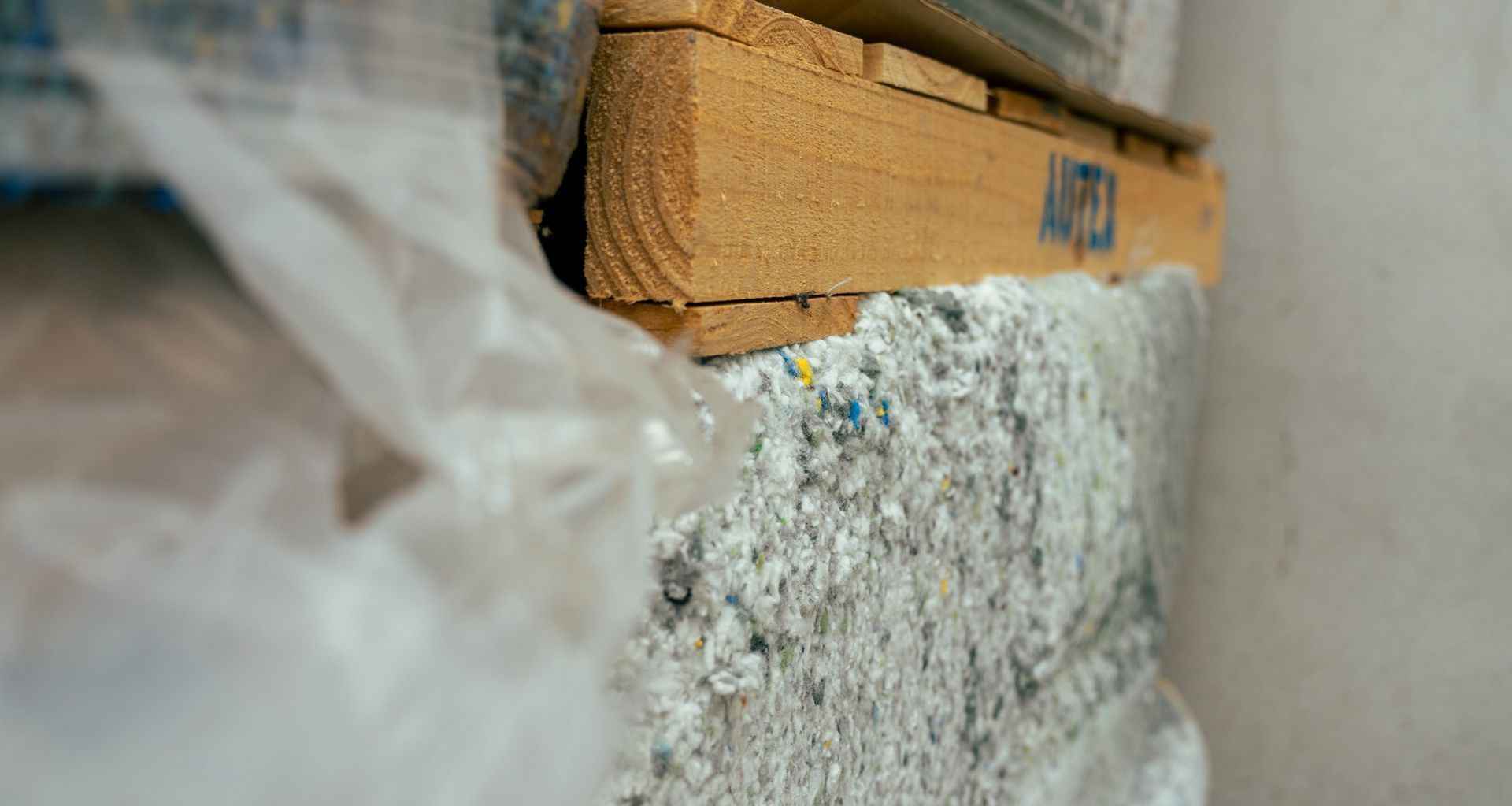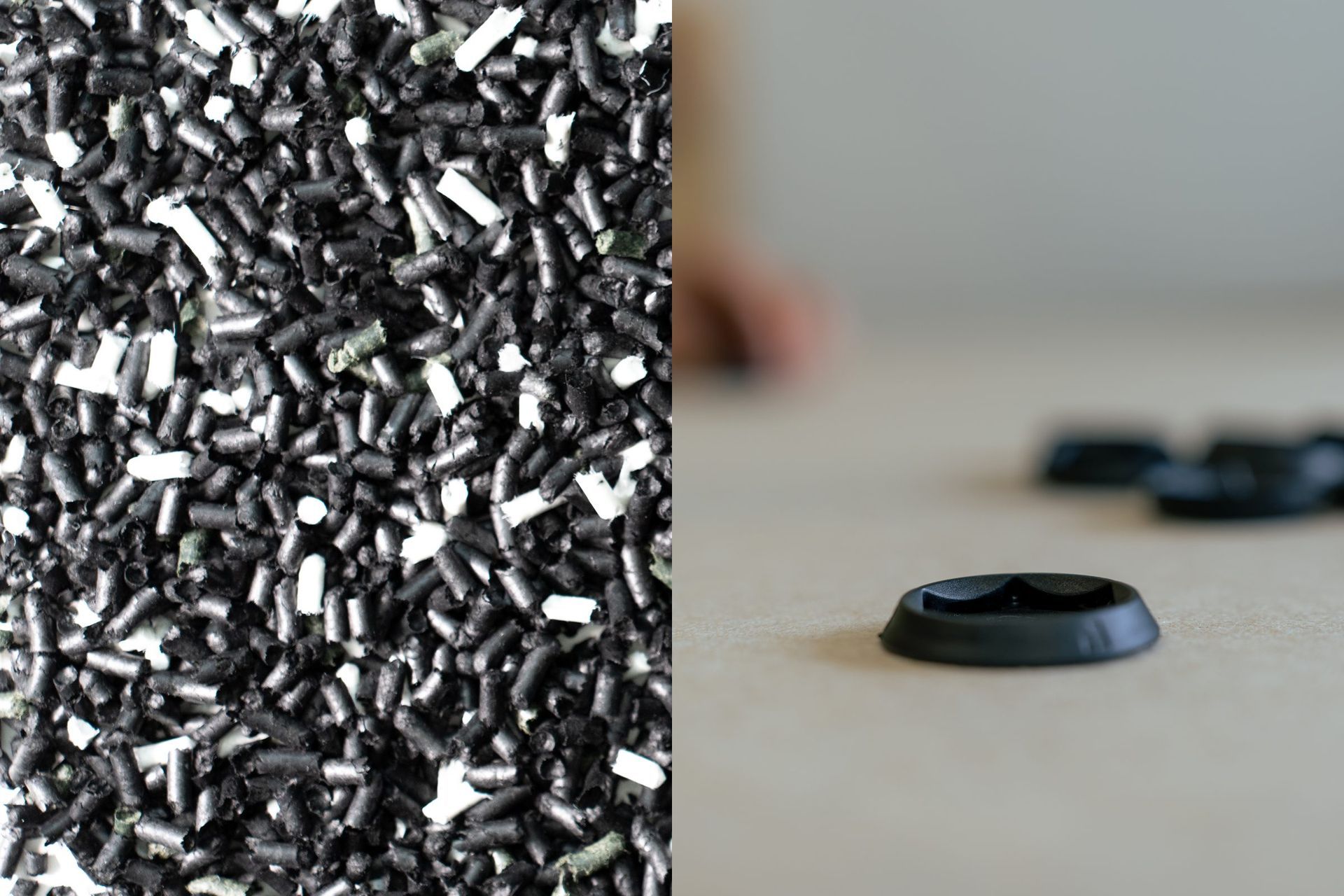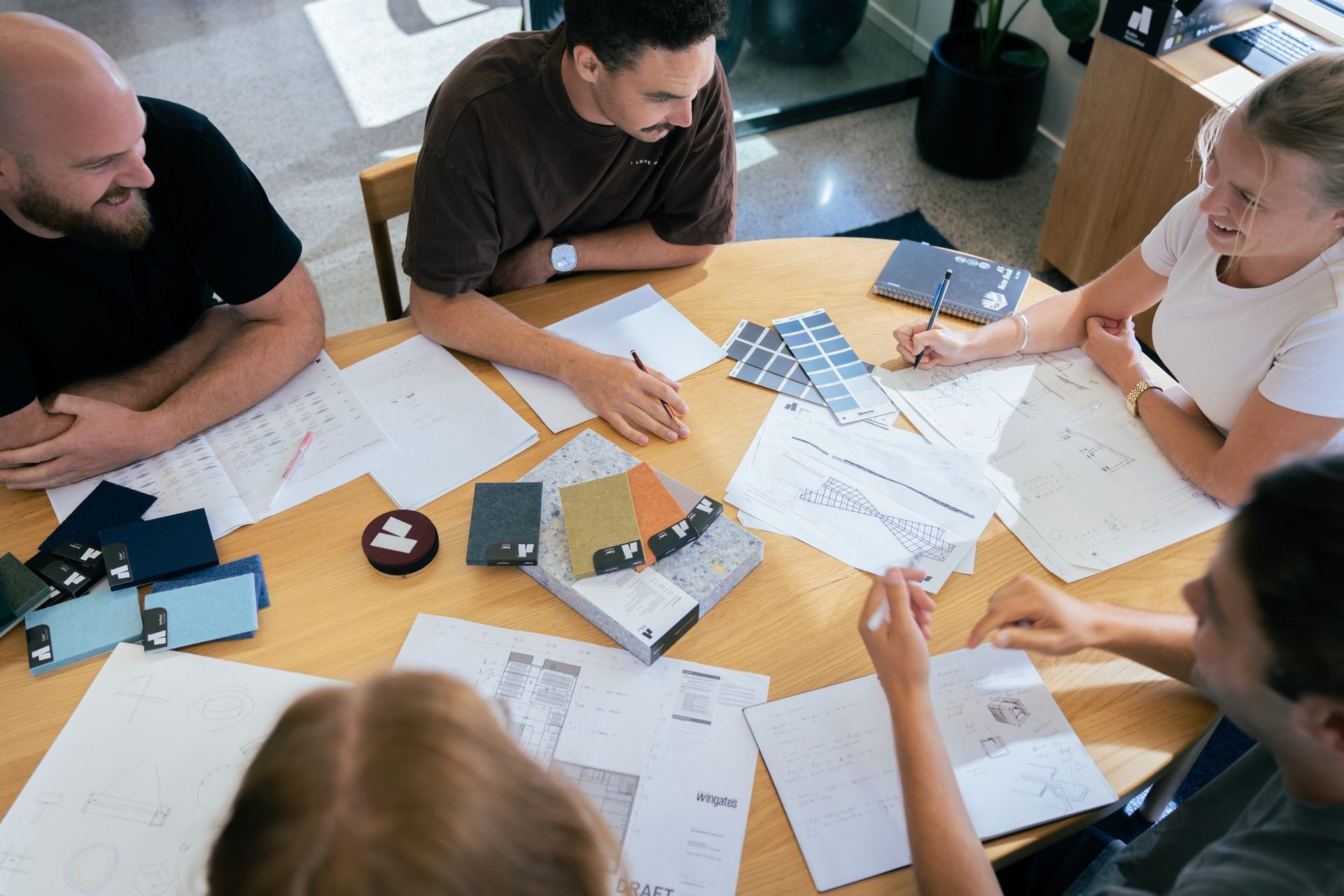Deconstructing construction waste: Why collaboration is the solution to overflowing landfills

“This issue is widely known and one we take very seriously,” says Sam Wells, Product Development Lead at Autex Acoustics® New Zealand.
“There is an ever-growing number within our industry who are seeking innovative solutions that will help reduce waste and find alternative uses for materials. This is being led by architects, designers, builders, and manufacturers who are prioritising conscious materials and their end-of-life treatment when used in their projects.”

For most people, a trip to the landfill is rare—even for those handling waste daily. Usually rubbish is thrown in a skip and picked up by a truck; once it’s off site, it’s out of mind. As we’re not faced with the visual reality of our waste living out the rest of its life-cycle in the landfill, it’s easy to forget that it doesn’t just disappear, but is instead added to a pile that will eventually be buried by dirt, with a new hole dug to make room for more waste. Not only do landfills harm our environment through habitat destruction, they also allow pollutants into the air, soil, and groundwater.
Diverting and reducing waste in our landfills will reduce the necessity for further landfill sites, with a flow-on reduction in polluted land, unsafe habitat for native wildlife, carbon emissions, and the manufacture of single-use or hazardous materials.
While the management of waste on site is crucial, the main way to reduce waste is by specifying products that are designed with waste reduction in mind.
“In our industry, architects generally control what materials and products are used in their projects,” Wells explains. “These products are increasingly being selected based on the origin, its usable lifespan, and what end-of-life options are available.”
To ensure architects have access to sustainable materials, manufacturers need to play their part in developing these products and making them easily accessible.

“At Autex Acoustics, sustainable design is at the heart of our operations. We continuously strive to develop solutions and systems that reduce waste and promote a circular economy,” Wells says.
“Our initiatives are diverse and impactful. All of our acoustic solutions are made with at least 60% recycled PET. We proudly offer a takeback programme, exemplified by our ReForm™ product. We’ve also pioneered pelletiser technology to transform acoustic panel offcuts into PET pellets, which we call RePET. This material is then used to create accessories for our products, such as the Frontier™ Acoustic Raft end caps and the SpinFix™ glueless mounting system.”
Of course, the construction waste problem can not be fixed by one supplier, manufacturer, or architect. In order to enact real change and see significant results, the industry needs to work together as a whole.
“Collaboration throughout the whole building process is essential. Whether you’re an architect, interior designer, installer, builder, or manufacturer, prioritising sustainable practices is key to affecting change. By choosing sustainable materials, investing in new technologies, and providing transparency in our systems, we can collectively drive the industry toward greater sustainability. This kind of collaboration has already enabled us to develop our new pelletising technology and implement a Takeback Programme in New Zealand. The challenge presents a great opportunity for collaboration; by joining forces, we can make a real and lasting impact.”
